WHICH DIAMOND CHIPS THE EASIEST?
DO SOME DIAMONDS CHIP FASTER THAN OTHER DIAMONDS?
This post contains affiliate links. If you use these links to buy something I may earn a commission. Thanks! As an Amazon Associate I also earn from qualifying purchases.
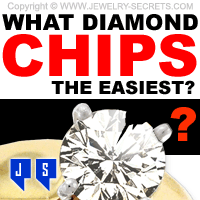
An interesting question was asked the other day in our Q & A Section of the site.
“Do some diamonds chip easier than others?”
What a great question.
The answer is: YES!
Most people may find this answer startling, but once you see the reasons, you’ll understand the flaws.
Some diamonds do chip easier than other diamonds, but it’s not the diamond’s fault.
Diamonds are diamonds and all diamonds have the same chemical composition and hardness (10 on the Moh’s Scale). Which means, no one diamond is stronger or more durable than another. This is one instance where size and cost do not matter. They don’t play into the equation. Diamonds are all the same.
So then, why does one chip easier and faster than another?
Because of man.
Surprised? Don’t be. Human intervention is what causes some diamonds to be more vulnerable. Just the way a diamond is set into a mounting can put it into danger.
Tension
For example, tension set mountings. Tension settings can make it easier to chip a diamond. The process of setting a diamond into a mounting by pressure could chip it. Not to mention the fact that it exposes two whole sides of the diamond and leaves them open for damage or strikes. Accidents can happen and tension settings can make them happen faster (same goes with bezel settings, you have to be careful).
Broken prongs
Another reason a diamond could chip easier is if you break off a prong or bend a prong sideways.
Prongs are there not only to securely hold in your diamond, but they are spaced appropriately to keep you from bumping your stone. So bending or breaking a prong could leave your diamond open for abuse. A hard enough blow could chip that edge. Read more: are your prongs spaced evenly?
Thin girdles
Another reason why one diamond could chip easier… Thin girdles.
If the girdle of your diamond is very thin (comes to a sharp edge), then it could chip or crack easily. Thin girdles are fragile and should be worn with extreme caution and care.
Chips
Next up… chips.
Funny enough, chips on a diamond (diamonds already chipped) can cause more chips.
That’s right. If your diamond has a little nick, chip or even a bearded girdle (hair line chips around the outer edge of your stone), then hitting the diamond in that same spot can enlarge the chip and even fracture your stone (you can tell if your diamond has chips in it by running your fingernail around the edge of your stone. – Or just use a 10x jeweler’s loupe).
Customers aren’t the only ones to be concerned with small “wear and tear” chips either…
Jewelers have to be extra careful when it comes to setting these types of diamonds. Too much pressure on those faults could cause your stone to “snap” or break more. Diamonds with chips can turn into huge cracks.
Inclusions
And then you have inclusions.
Believe it or not, but diamonds with lots of inclusions or flaws can chip, break and even crack a diamond in half (like I2 and I3 clarity diamonds).
Heavily included stones are weaker because the structure of the stone is filled with debris, fissures and other trapped minerals and crystals. The integrity of the stone is compromised. A swift hit at the right angle under the right amount of pressure could shatter the stone.
Be careful.
Points
Other diamonds that chip easier are ones that come to a point. The marquise cut, trillion cut, pear cut, heart cut, and even princess cut diamonds all have points on them. Any cut of diamond that comes to a sharp corner, angle or point could chip easier. The points of a diamond are the thinnest part of the diamond, and the thinner a diamond gets, the easier it chips. Points are weak (make sure you protect them with V-tipped prongs).
And last but not least…
Shallow diamonds
Shallow diamonds are cuts of diamond that are really thin (narrow depth). Some call them “spread stones” (stones that look much larger than they really are). Stones that are thin and shallow can fracture, chip, bust and break much easier than a normal cut diamond.
It’s always wise to avoid them.
So there you go…
Some diamonds do chip easier than others.
But it’s all because of man. How we cut them, and how we set them, makes some diamonds more prone to chip and more vulnerable than other diamonds.
But that’s just the way the diamond crumbles. Right?
Cheers! :)




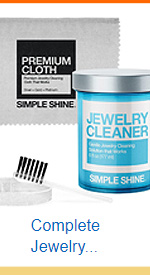
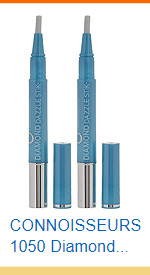

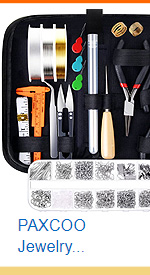
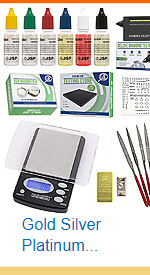


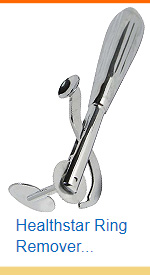
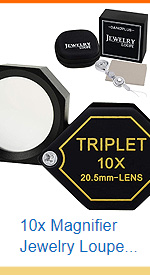





Leave a comment